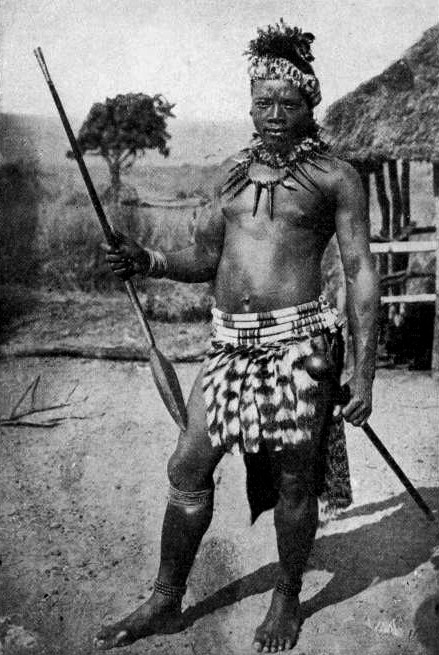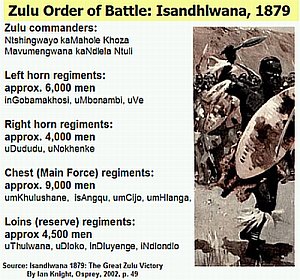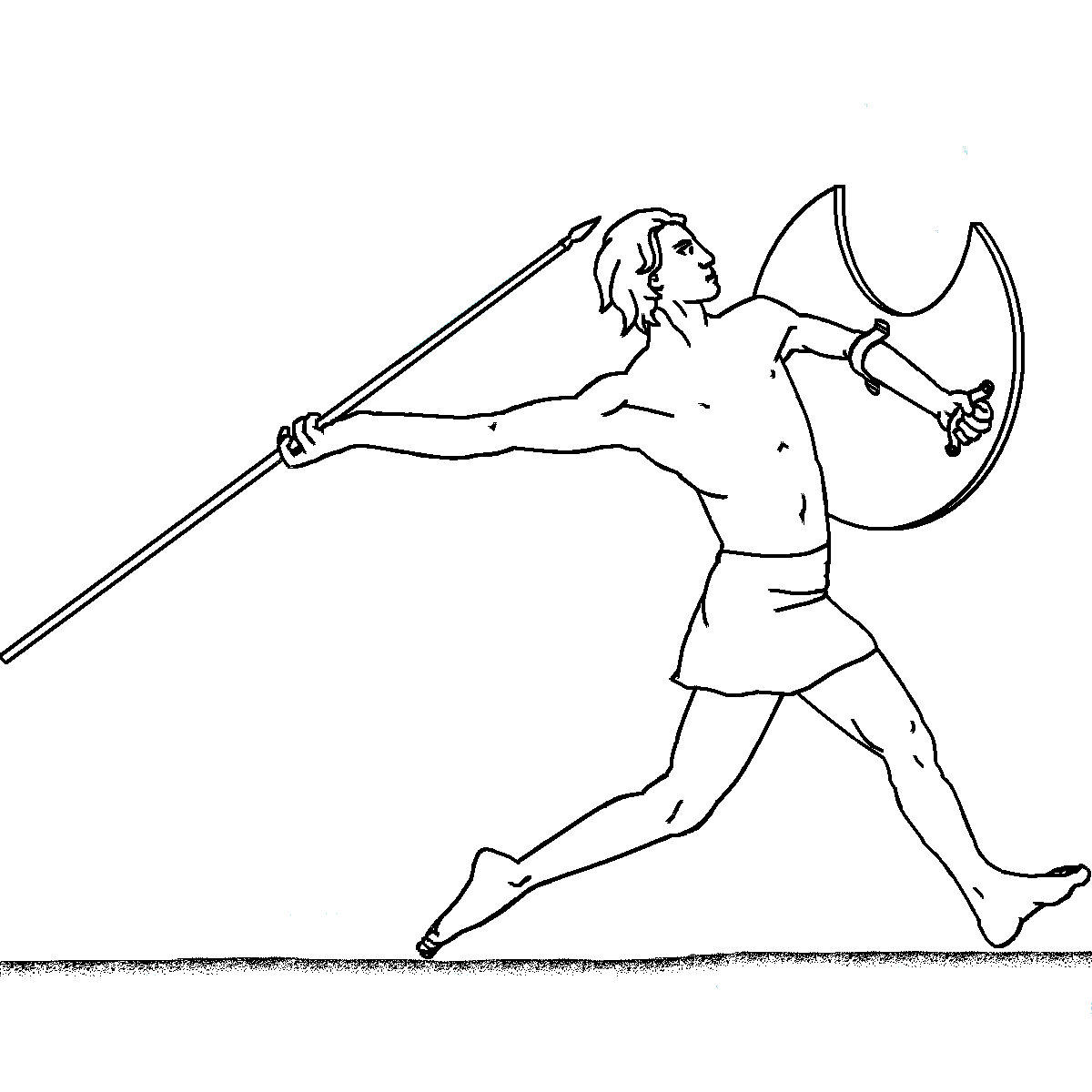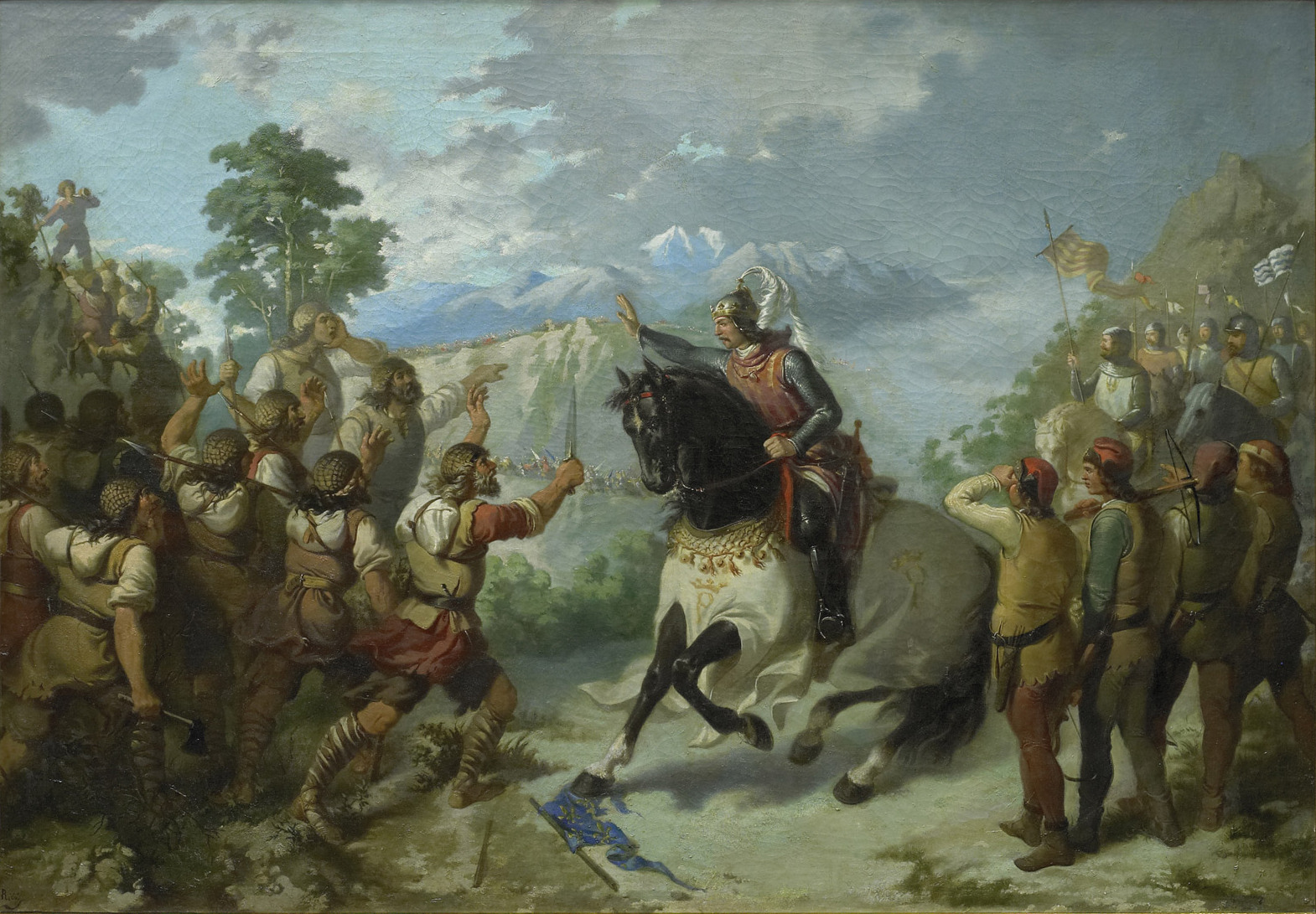|
Iklwa
An assegai or assagai is a polearm used for throwing, usually a light spear or javelin made up of a wooden handle with an iron tip. Area of use The use of various types of the assegai was widespread all over Africa and it was the most common weapon used before the introduction of firearms. The Zulu, Xhosa, and other Nguni tribes of South Africa were renowned for their use of the assegai. ''Iklwa'' Shaka of the Zulu popularized the use of the shorter stabbing spear with a shaft and a larger, broader blade long in warfare, which was traditionally used primarily as a hunting spear. This weapon is otherwise known as the ''iklwa'' or ''ixwa'', after the sound that was heard as it was withdrawn from the victim's wound. The traditional spear was not abandoned, but was thrown from range at enemy formations before closing in for close quarters battle with the iklwa. This tactical combination originated during Shaka's military reforms. This weapon was typically used with one han ... [...More Info...] [...Related Items...] OR: [Wikipedia] [Google] [Baidu] |
Zulu Warrior
is a Nguni languages, Nguni word meaning war or combat and by association any body of men gathered for war, for example is a term denoting an army. were formed from regiments () from large militarised homesteads (). In English is often used to refer to a Zulu people, Zulu regiment, which is called an in Zulu, or the army of the Zulu Kingdom. Its beginnings lie far back in historic local warfare customs, when groups of armed men called battled. They were systematised radically by the Zulu king Shaka, who was then only the exiled illegitimate son of king Senzangakhona kaJama, but already showing much prowess as a general in the army () of Mthethwa Paramountcy, Mthethwa king Dingiswayo in the Ndwandwe–Zulu War of 1817–1819. Genesis The Zulu impi is popularly identified with the ascent of Shaka Zulu, Shaka, ruler of the relatively small Zulu tribe before its explosion across the landscape of southern Africa, but its earliest shape as an instrument of statecraft lies in ... [...More Info...] [...Related Items...] OR: [Wikipedia] [Google] [Baidu] |
Shaka
Shaka kaSenzangakhona (–24 September 1828), also known as Shaka (the) Zulu () and Sigidi kaSenzangakhona, was the king of the Zulu Kingdom from 1816 to 1828. One of the most influential monarchs of the Zulu, he ordered wide-reaching reforms that reorganized the military into a formidable force. King Shaka was born in the lunar month of ''uNtulikazi'' (July) in 1787, in Mthonjaneni, KwaZulu-Natal Province, South Africa. The son of the Zulu King Senzankakhona kaJama, he was spurned as an illegitimate son. Shaka spent part of his childhood in his mother's settlements, where he was initiated into an '' ibutho lempi'' (fighting unit/regiment), serving as a warrior under Inkosi Dingiswayo. King Shaka refined the ''ibutho'' military system with the Mthethwa Paramountcy's support over the next several years. He forged alliances with his smaller neighbours to counter Ndwandwe raids from the north. The initial Zulu maneuvers were primarily defensive, as King Shaka preferred to ... [...More Info...] [...Related Items...] OR: [Wikipedia] [Google] [Baidu] |
Spear
A spear is a polearm consisting of a shaft, usually of wood, with a pointed head. The head may be simply the sharpened end of the shaft itself, as is the case with Fire hardening, fire hardened spears, or it may be made of a more durable material fastened to the shaft, such as bone, flint, obsidian, copper, bronze, iron, or steel. The most common design for hunting and/or warfare, since modern times has incorporated a metal spearhead shaped like a triangle, lozenge (shape), diamond, or Glossary of leaf morphology, leaf. The heads of fishing spears usually feature multiple sharp Tine (structural), points, with or without barbs. Spears can be divided into two broad categories: those designed for thrusting as a melee weapon (including weapons such as lances and Pike (weapon), pikes) and those designed for throwing as a ranged weapon (usually referred to as javelins). The spear has been used throughout human history as a weapon for hunting and/or fishing and for warfare. Along with ... [...More Info...] [...Related Items...] OR: [Wikipedia] [Google] [Baidu] |
Javelins
A javelin is a light spear designed primarily to be thrown, historically as a ranged weapon. Today, the javelin is predominantly used for sporting purposes such as the javelin throw. The javelin is nearly always thrown by hand, unlike the sling, bow, and crossbow, which launch projectiles with the aid of a hand-held mechanism. However, devices do exist to assist the javelin thrower in achieving greater distances, such as spear-throwers or the amentum. A warrior or soldier armed primarily with one or more javelins is a javelineer. The word javelin comes from Middle English and it derives from Old French ''javelin'', a diminutive of ''javelot'', which meant spear. The word ''javelot'' probably originated from one of the Celtic languages. Prehistory There is archaeological evidence that javelins and throwing sticks were already in use by the last phase of the Lower Paleolithic. Seven spear-like objects were found in a coal mine in the city of Schöningen, Germany. Stratigraphy, ... [...More Info...] [...Related Items...] OR: [Wikipedia] [Google] [Baidu] |
Bantu Language
The Bantu languages (English: , Proto-Bantu language, Proto-Bantu: *bantʊ̀), or Ntu languages are a language family of about 600 languages of Central Africa, Central, Southern Africa, Southern, East Africa, Eastern and Southeast Africa, Southeast Africa. They form the largest branch of the Southern Bantoid languages. The total number of Bantu languages is estimated at between 440 and 680 distinct languages, depending on the definition of Dialect#Dialect or language, "language" versus "dialect"."Guthrie (1967–71) names some 440 Bantu 'varieties', Grimes (2000) has 501 (minus a few 'extinct' or 'almost extinct'), Bastin ''et al.'' (1999) have 542, Maho (this volume) has some 660, and Mann ''et al.'' (1987) have ''c.'' 680." Derek Nurse, 2006, "Bantu Languages", in the ''Encyclopedia of Language and Linguistics'', p. 2:Ethnologue report for Southern Bantoid" lists a total of 535 languages. The count includes 13 Mbam languages, which are not always included under "Narrow Bantu". ... [...More Info...] [...Related Items...] OR: [Wikipedia] [Google] [Baidu] |
Almogavars
Almogavars (; ; ; ; originally ) is the name of a class of light infantry soldier originated in the Crown of Aragon used in the later phases of the Reconquista, during the 13th and 14th centuries. Almogavars were lightly clad, quick-moving frontiersmen and foot-soldiers. They hailed from the Kingdom of Aragon, the Principality of Catalonia, the Kingdom of Valencia, the Crown of Castile and the Kingdom of Portugal. In the Crown of Castile, the inner organization was managed by King Alfonso X of Castile in the Siete Partidas. At first, these troops were formed by farmers and shepherds originating from the countryside, woods and frontier mountain areas. Later, they were employed as mercenaries in Italy, the Frankokratia and the Levant. Etymology There are several theories as to where this name comes from: (; ), (, 'the carrier of news') or (, 'the pilgrim', as in 'adjunct o a holy place). Another theory holds that it comes from the adjective , which translates as 'prideful' ... [...More Info...] [...Related Items...] OR: [Wikipedia] [Google] [Baidu] |
Battle Of Amalinde
The Battle of Amalinda was an armed confrontation between two Xhosa chiefs of the Rharhabe House, which took place in October 1818 just outside of what is today King Williams Town, in the Eastern Cape region of South Africa. On the eve of the fifth Xhosa War Chief Ngqika had close ties with the British, while his uncle, Chief Ndlambe, had no such agreements and painted Ngqika as someone selling out his people in return for personal gain. Chief Ndlambe was assisted in the battle by the senior, King Hintsa and his Gcaleka warriors. When chief Ngqika was defeated in the battle, he retreated and appealed to the British for protection. A British-led force commanded by Colonel Thomas Brereton then seized 23,000 head of cattle from Ndlambe's people in retaliation, leading to the battle of Grahamstown. Background and causes The two contending AmaXhosa chiefs of the Rharhabe House were Chief Ngqika and his paternal uncle, Chief Ndlambe. Ngqika's father, Mlawu, died when Ngqika was too yo ... [...More Info...] [...Related Items...] OR: [Wikipedia] [Google] [Baidu] |
Pilum
The ''pilum'' (; : ''pila'') was a javelin commonly used by the Roman army in ancient times. It was generally about long overall, consisting of an iron shank about in diameter and long with a pyramidal head, attached to a wooden shaft by either a socket or a flat tang. History The ''pilum ''may have originated from an Italic tribe known as the Samnites. It also may have been influenced by Celtiberian and Etruscan weapons. The ''pilum'' may have derived from a Celtiberian weapon known as the'' falarica''. Archaeological excavations have disclosed ''pila'' in tombs at the Etruscan city of Tarquinia. The oldest finds of pila are from the Etruscan settlements of Vulci and Talamone. The first identified written reference to the ''pilum'' comes from ''The Histories'' of Polybius. According to Polybius, more heavily armed Roman military soldiers used a spear called the ''hyssoí''. This may have been the ''pilum''. The precursor to the ''pilum'' was the '' hasta''. It is u ... [...More Info...] [...Related Items...] OR: [Wikipedia] [Google] [Baidu] |
Falarica
Falarica, also Phalarica, was an ancient Iberian ranged polearm that was sometimes used as an incendiary weapon. Design The Falarica was a heavy javelin with a long, thin iron head of about in length attached to a wooden shaft of about equal length. The iron head had a narrow sharp tip, which made the falarica an excellent armour-piercing weapon. The Iberians used to bind combustible material to the metal shaft of the weapon and use the falarica as an incendiary projectile. The incendiary javelin would hit the shields or siege works of the enemy often setting them ablaze. The falarica could also be launched by the use of spear throwers or siege engines to increase its range and velocity. the besieged were protected and the enemy kept away from the gates by the falarica, which many arms at once were wont to poise... when hurled like a thunderbolt from the topmost walls of the citadel, it clove the furrowed air with a flickering flame, even as a fiery meteor speeding from heav ... [...More Info...] [...Related Items...] OR: [Wikipedia] [Google] [Baidu] |
Rarabe KaPhalo
Rharhabe ka Phalo (about 1722 - 1787) was a Xhosa Prince and the founder of the Right Hand House of the Xhosa people, Xhosa nation. Rharhabe was the eldest son and right hand son of King Phalo ka Tshiwo. Rharhabe died near present-day Dohne in the Eastern Cape province. Family He fathered the following known children (Mlawu ka Rharhabe (Great son), Siko ka Rarabe, Ndlambe ka Rharhabe, Sigcawu ka Rarabe, Sigcawu ka Rharhabe, Cebo ka Rarabe, Cebo ka Rharhabe (Right Hand son), Hlahla ka Rarabe, Hlahla ka Rahrarhabe, Nzwane ka Rarabe, Nzwane ka Rharhabe, Mnyaluza ka Rarabe, Mnyaluza ka Rharhabe, Ntsusa ka Rarabe, Ntsusa ka Rharhabe (a daughter) and Nukwa ka Rarabe, Nukwa ka Rharhabe. Death Rharhabe-Qwathi War Rharhabe's daughter Ntsusa married the Qwathi chief Mdandala, who as dowry(lobola) sent a miserable hundred head of cattle to Rharhabe. This was seen by Rharhabe as a great insult for someone of his stature so he sent his Right Hand Son Cebo to Thembuland to demand more catt ... [...More Info...] [...Related Items...] OR: [Wikipedia] [Google] [Baidu] |








